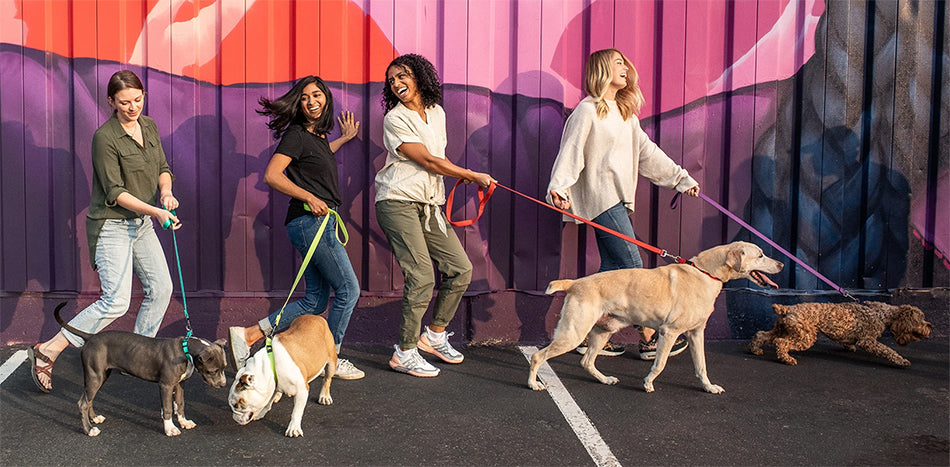Your cart is empty. Let's fix that!


This post is written by our holistic veterinarian at "I and love and you", Dr. Angie Krause, DVM, CVA, CCRT
Good news! It’s completely normal for dogs to eat grass. Most dogs simply enjoy it’s fresh taste. Sometimes eating grass can be a sign of physical or emotional distress. In this article, I am going to teach you how to know the difference between normal grass eating and signs of distress and how to upgrade your dog’s grass eating experience.
First, let’s define what normal grass eating looks like. If your dog eats grass and maybe a few weeds occasionally (or daily) and doesn’t vomit or appear distressed, this is nothing to worry about. If this describes your dog, you can skip to the last section about upgrading your dog’s grass eating experience.
Eating grass followed by vomiting or drooling is not normal. Either the grass is making your pup vomit, or their stomach was feeling upset before they ate the grass. It’s important to figure out if the grass ingestion is the cause of the vomiting. To do this, try growing your own barley or wheat grass (see instructions below) and allow your dog to eat that instead. Barley and wheat grass is less likely to irritate your pet’s stomach compared with other varieties of grass. If your dog continues to vomit on the barley or wheat grass here are my recommendations: